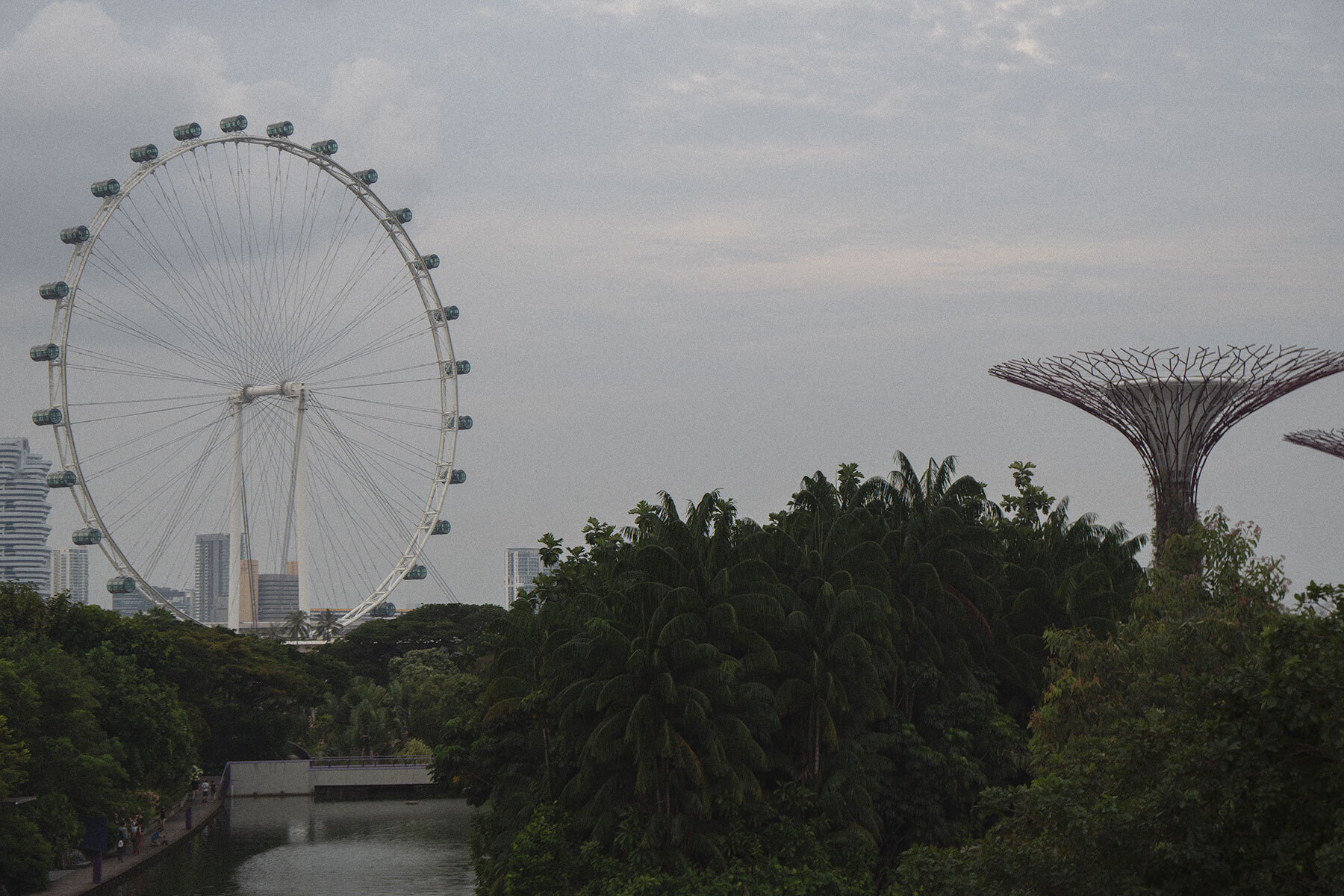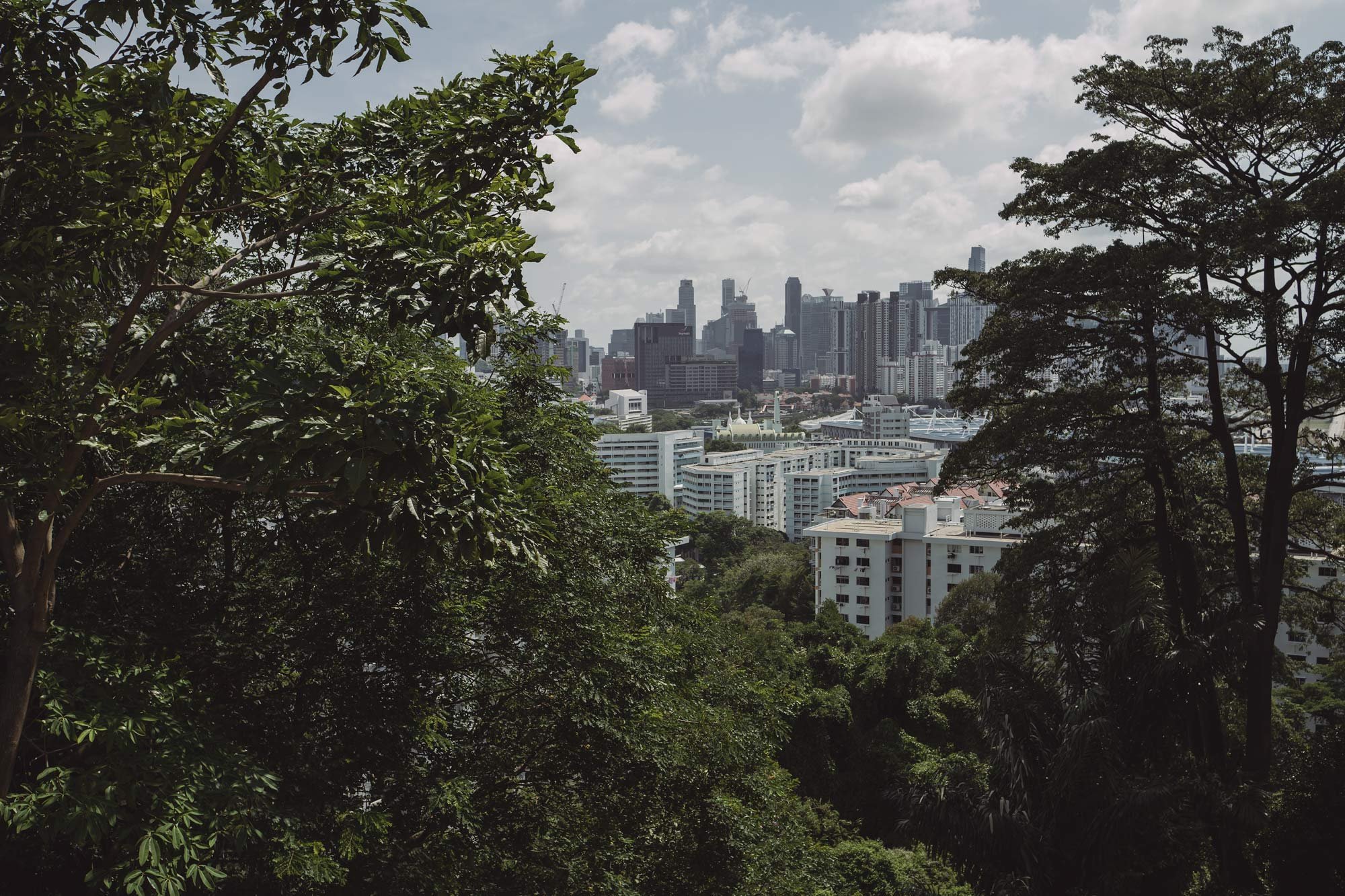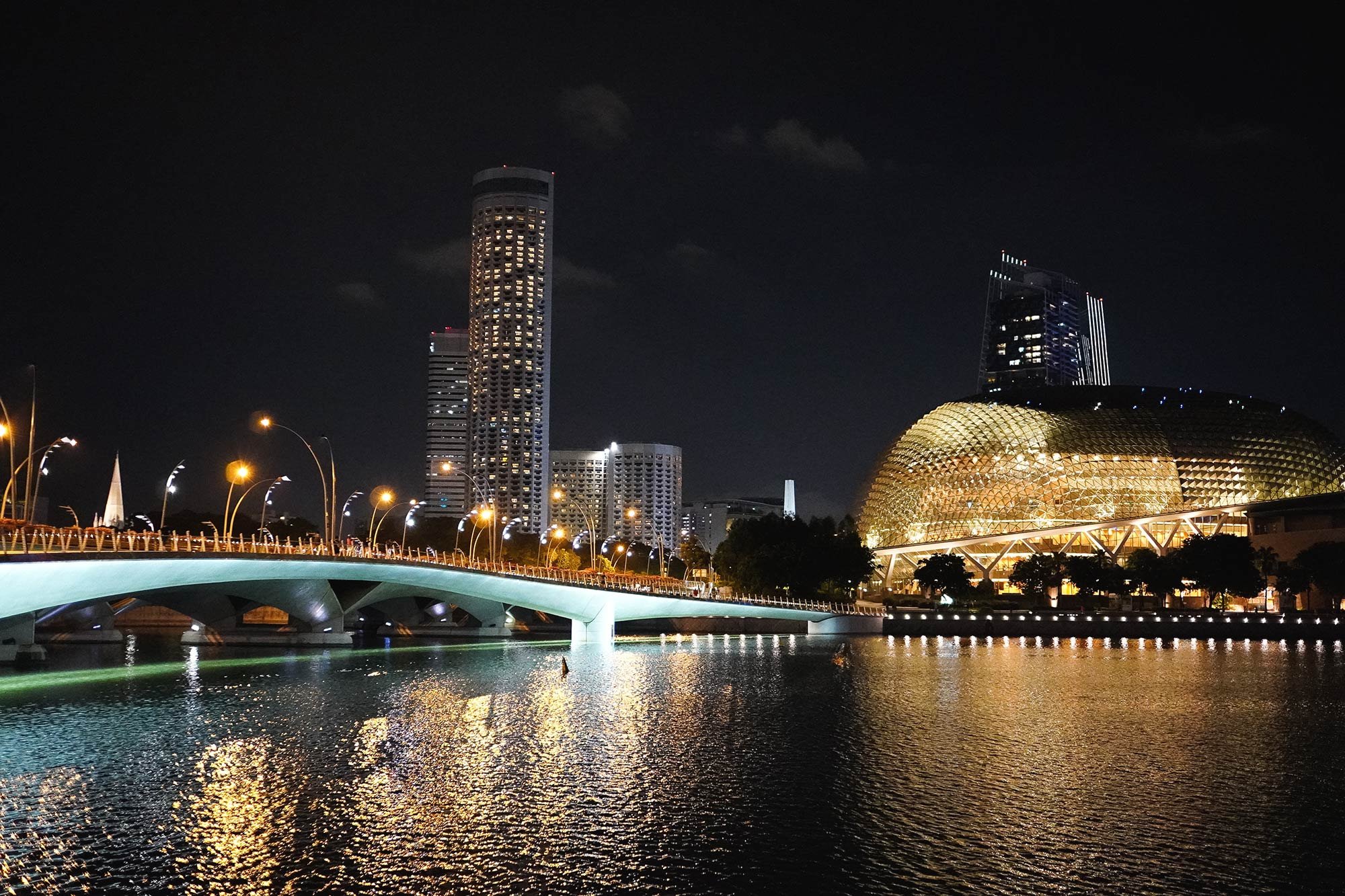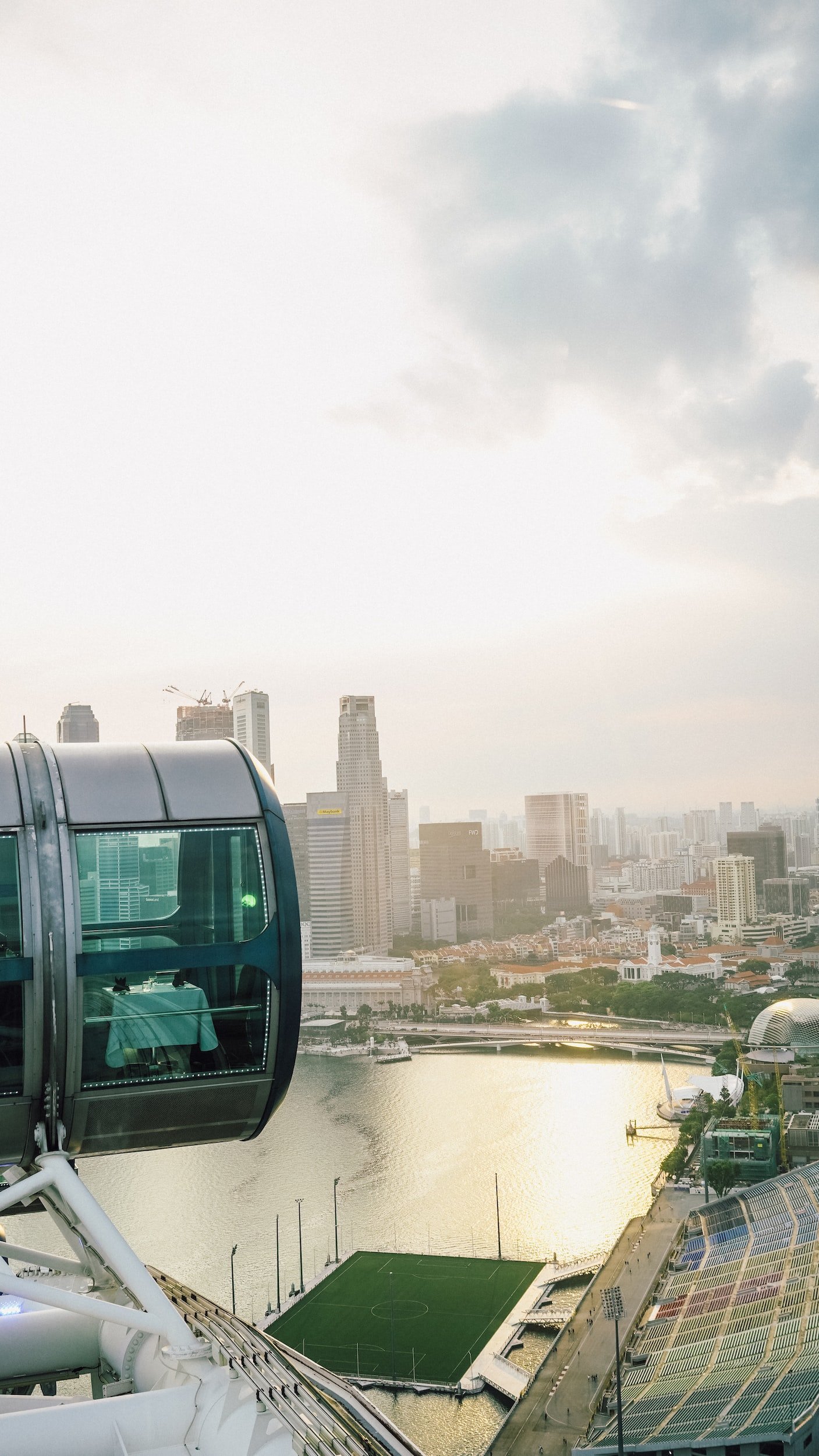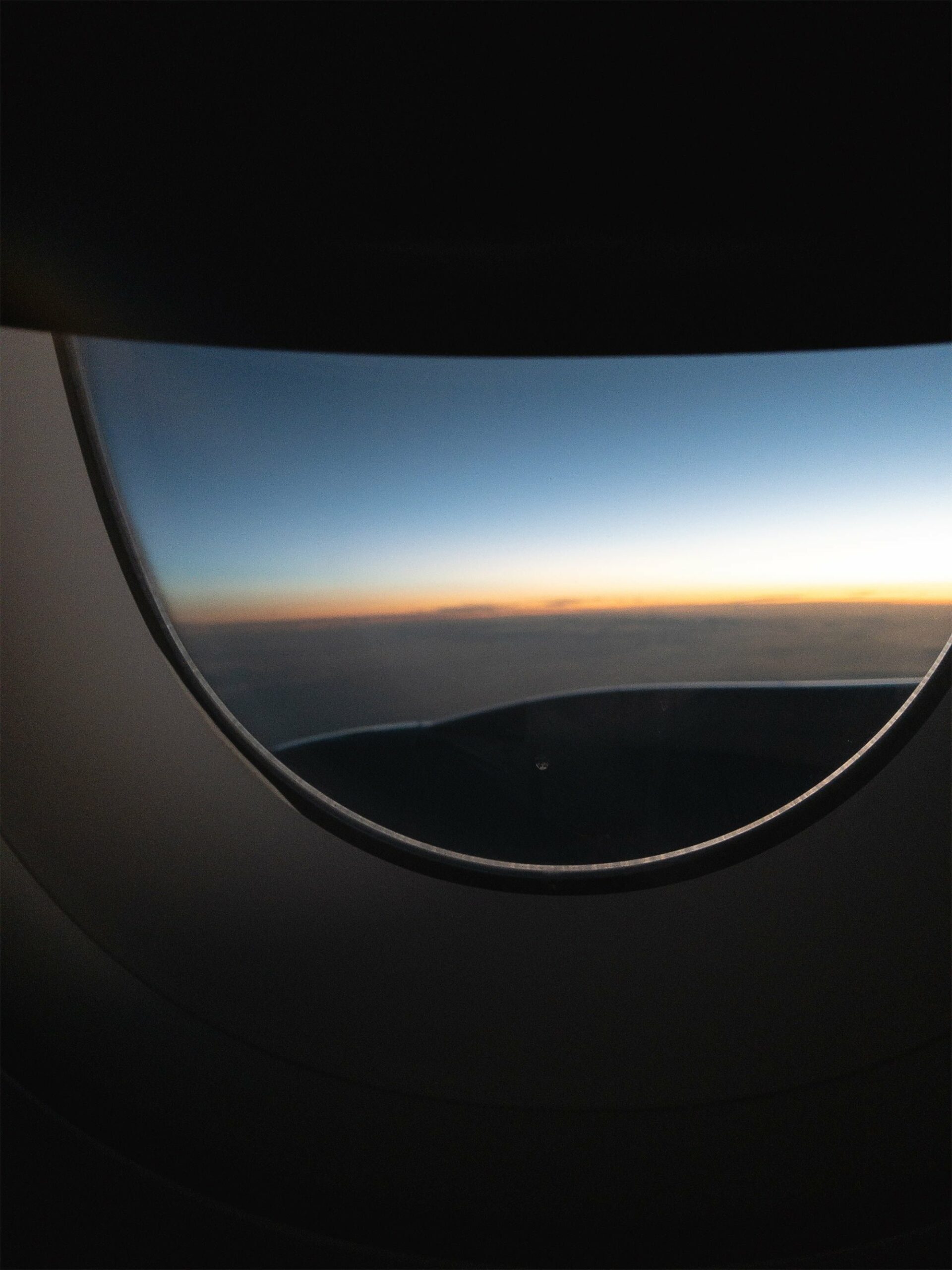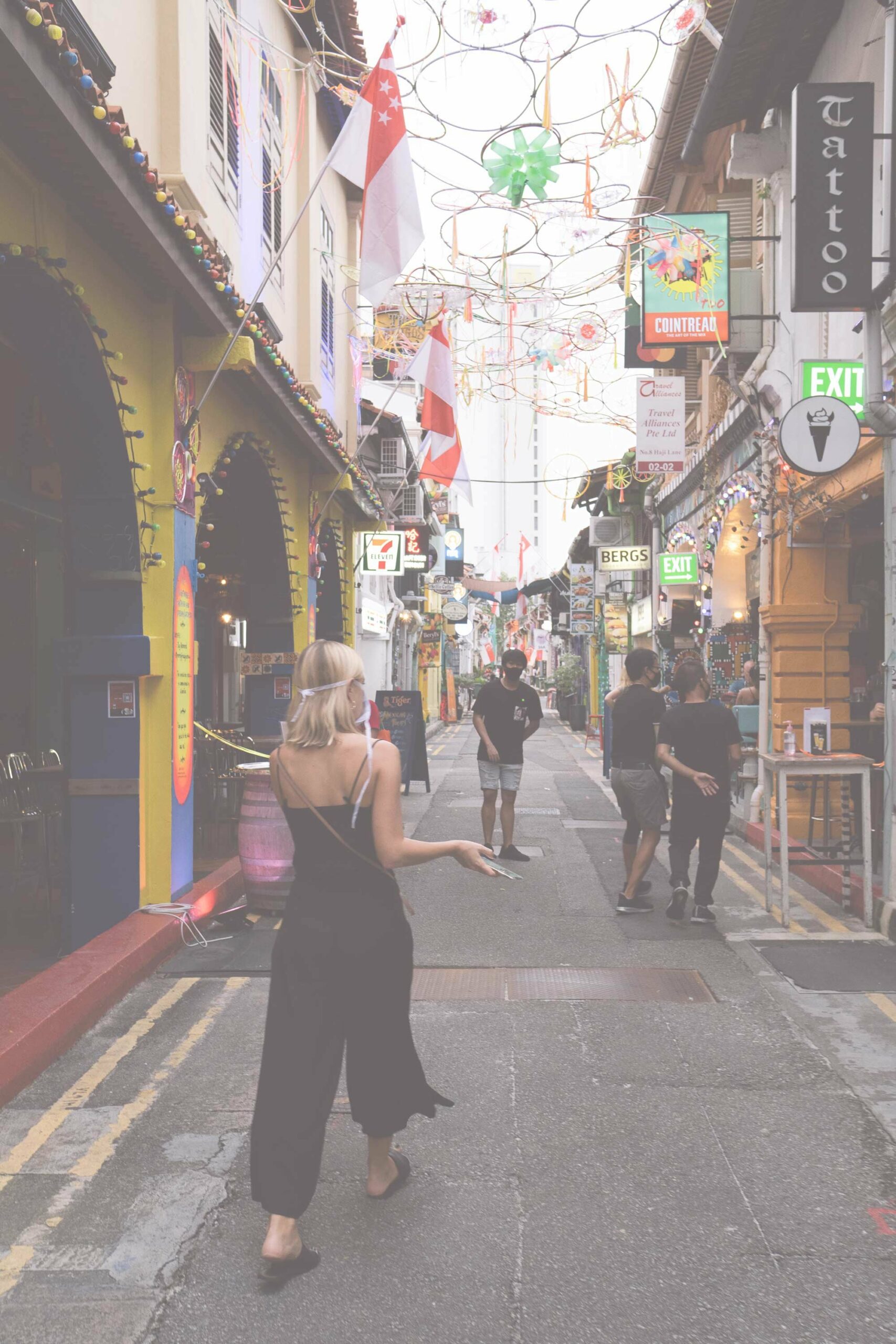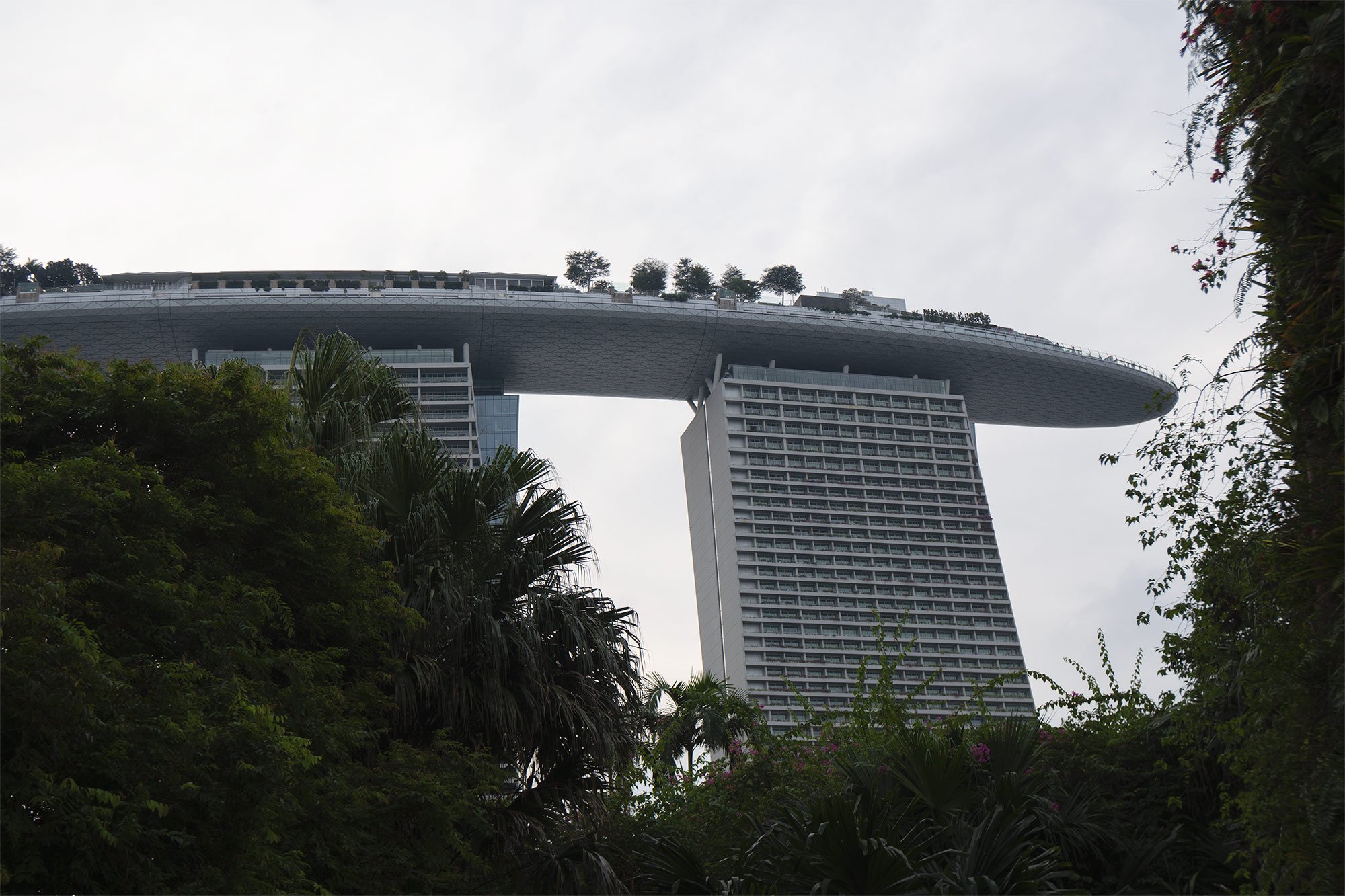When we were offered to move to Singapore, we were shocked to learn that our potential new home consistently held number one in the ranking of the most expensive city to live in. That’s according to the Economist Intelligence Unit’s annual Worldwide Cost of Living report, which highlights the top 10 most expensive cities around the globe. The study bases its rankings on the cost of 160 products and services, including food, drink, clothing, rent, transportation, and utilities. All necessities when you live in a country.
Still, we made the move. And we would learn after a while that most of the placement in ranking comes down to one specific category. However, we would have found it useful to know beforehand how to budget for our adventure abroad, so we decided to share our own personal views on the costs of living in Singapore as an expat and what we would advise considering before moving. Having said that, this blog post provides introductory guidance on the cost of living in Singapore.
For reference, we are expatriates living in Singapore, so we write from our own perspectives and point of view. Everyone’s budget and priorities are different, and particularly tourists will certainly spend their money on other things than we do.
Cost of HOUSING & Accommodation
One of the biggest costs of living is housing, with Singapore always appearing at the top of those cost-of-living surveys. Especially since moving to a new country comes with not so much knowledge about the city’s infrastructure, popular neighborhoods, and important facilities neighbors, such as schools, the place of work, or a grocery store. That’s why many expats choose either a neighborhood that is dedicated to expat families or prefer to live as centrally as possible.
Types of Apartments/Housing
Condominiums, short “condos”, usually match all these requirements, as they are typically located in residential buildings or communities, with the unit itself being privately owned by an individual who becomes the landlord of that property. Expatriates usually rent out those private residences and, by that, become tenants. Modern condominium properties come with multi-sport facilities, such as pool(s) and a gym, recreational areas, and also multi-tier security.
Besides the condos, there are also residential buildings in Singapore, developed by the “HDB” (Housing & Development Board) to provide Singaporeans with affordable, quality homes and a better living environment. HDB flats are usually close to basic facilities, such as banks, local schools, supermarkets, and MRT stations. However, the apartments usually do not have luxury amenities like swimming pools or gyms. HDB flats are usually rented out by Singaporeans or locals. It is quite unusual for locals to live in condos and vice versa. Additionally, as an expat, you can hardly get your hands on a local apartment.
Generally, costs of housing depend not only on the type and age of the property but also on factors such as the proximity to the city, the availability of recreational facilities (such as pool, gym, etc.), and the quality of furnishings that come with the accommodation (if any).
Probably the most popular HDB in SIngapore: The Pinnacle@Duxton, a 50-storey residential development in Singapore ‘s city center
Apartment rent
For given reasons, most expats in Singapore live in private condominiums, and we do too, so our experience is limited to insights on prices of condominium apartments that we have looked at and/or heard about. And again, the rental prices for private condos can vary greatly depending on the location and age of the building. We, for instance, have only searched for two-bedroom apartments in prime areas close to the city center, such as Orchard, River Valley, and Bugis. After seeing multiple apartments, we can say that prices for a decent two-bedroom apartment (of about 80 sqm) cost between SGD 4,000 and SGD 6,000 rental (per month). This excludes utility costs. A thumb of the rule is that usually, the closer to the city center, the more expensive the condo rent will be. However, there are waterfront housings in Sentosa and Keppel Bay that can be even more expensive. Condos that are located outside the city center in neighborhoods such as Bedok, Changi, Woodlands, or Punggol are less costly, with a monthly rental of around S$2,000-S$4,000, though I personally don’t know any foreigner or expat who lives there.
Utility Costs
Compared to Berlin (where we are from), costs for electricity, air conditioning/heating, and water supply are significantly lower in Singapore. On average, we pay around SGD 150.00 (95,00 EUR) per month. Prices may vary during the year and depend on the season, although we obviously never need heating in the tropics. We do need air conditioning, though, which will be stated on our electricity bill. Additionally, the air con must be serviced four times a year, which costs SGD 25.00 per air conditioner.
The costs for cell phones and internet usage are comparable to Germany. For instance, I pay 20 SGD per month for my data and network provider, including 20 GB of data but not unlimited SMS and calls, though anyone doesn’t seem to use these here in Singapore anyway, given that pretty much all communication (even the one with your doctor!) works through What’s App or Facebook Messenger. Hence, you are covered quite well with a decent data plan. Telephone and data billing is super convenient and less complicated than in Germany, as everything works through a dedicated app.
Transport
By Car
The government regulates car ownership in the city-state by issuing a limited number of permits. Citizens have to purchase these permits, which are valid for ten years and cost, as of October 2017, as much as $37,000 apiece. It may vary depending on the brand and the vehicle type. On top of the license, the retail prices for vehicles are much more expensive too. We did some research and found out that you can easily spend about SGD 140,000 for a German brand vehicle that wouldn’t cost less than half of it in Euro. Which is why we decided to roam without a car. Surprisingly it doesn’t really seem to be an issue for us, as traffic is not nearly as dense as in other large cities (Probably for that reason…). The rush hour in New York, Berlin, London, or even LA is far worse than what we experience daily in Singapore. We have only heard rumors about Jakarta so far, but this, compared to Singapore, is supposed to be catastrophic.
By PUBLIC TRANSPORT & OTHERS
As owning a car is extremely expensive, one quickly learns to appreciate the advantages of other means of transport. The public transportation (bus and MRT) in Singapore is spotless and really cheap. Just as it works in other cities (not in Berlin, though ;)), you pay for the exact trip length in Singapore. This means that you check in with your card once you enter a station and check out once you have arrived at your destination. As a resident, you can also easily pay by tap-and-pay with your credit card or wallet app on your iPhone. For tourists, there is a plastic card that can be charged and used the same way. The prices are so much lower than in other big cities like New York or London. Daniel pays SGD 2.88 (1,83 EUR) daily for a one-way route to his work, eight stations away.
In addition to public transport, there are cabs and Grab and Gojek transport services. Everyone, whether tourists or locals, will quickly appreciate these services. They are easy to order via the app, but usually (when it is not raining or during the “rush hour”) very cheap. Very often, we pay only SGD 6.00 (3,80 EUR) for short-distance routes. To go to the airport, we would usually pay around SGD 18.00 (11,50 EUR). We can only recommend that everyone coming to Singapore download the Grab and Gojek apps beforehand and use them immediately upon arrival.
Costs of Food
There is probably not any topic that distinguishes more spirit than the costs of food. Some say food is relatively cheap in Singapore. Compared to living and eating in Berlin and cultivating a healthy diet, I find it quite expensive. At the end of the day, it depends on how extravagant one is, really. Cooking on my own will always save my budget while dining out every day is definitely more expensive in the long term.
Groceries
Generally speaking, groceries are more expensive in Singapore than in Germany. Online you can find several websites that compare grocery prices from different countries. We made the comparison before we moved here, and according to official rankings, Singapore seemed to be three times more expensive than Berlin (where we are from). After living here for more than a year now, we cannot confirm that to all extent. We agree that it is indeed costly here, but the spending overall also depends on your personal shopping habits. For example, if you only stock up on local-grown food, such as rice, chicken, or Asian vegetables and fruits (mango, pineapple), those prices are comparable to Germany’s, sometimes even lower. Most of the regional food you find in wet markets and local supermarkets.
“International food” however, is quite expensive here. This is mostly depending on availability in Singapore and the popularity of the brand. Butter, dairy products, and vegetables and fruits that are not considered tropical (For us, it’s the other way around) are generally way more expensive than where they are coming from. For example, a package of butter from Arla or Kerrygold costs SGD 6-8.00 (while it would cost something around a Euro in Germany), and we have also seen strawberries for SGD 24.00 (15,20 EUR).
Alcohol is costly here because it is highly taxed. Under SGD 20.00 (12,70 EUR), you cannot get a bottle of wine anywhere. The sad thing is that there are the same kinds of wine as in German, Australian, or American supermarkets, and we, therefore, know the “real” prices. For example, we once saw a bottle of red wine for SGD 28.00, which costs USD 3.00 (!!) in America at Trader Joe’s. So, the thumb of a rule is that usually, a bottle costs about twice as much as in Germany. With beer, it is similar. Six Corona beers would cost 6.00 EUR in Germany while paying about SGD 18.00 (~ 12.00 EUR).
Dining out
When it comes to food, Singapore is a country of extremes. In the famous Hawker Centres, you can get a full lunch for SGD 3.00 – 7.00 (~ 1,90 EUR – 4,5 EUR). There are even two Hawker Stables in Singapore that have been awarded a Michelin star. So you see: good food does not have to be expensive here.
A typical hawker center in Singapore.
Hawker Food is good and cheap, but you will also eat from plastic dishes and with disposable chopsticks.
However, if you fancy fine dining here and then as a couple, you will easily spend about SGD 100 (~ 65.00 EUR) just for two meals. Once you add up alcohol or even a bottle of wine, you will most likely end up spending about SGD 180 (~ 100,00 EUR). On the positive side, in restaurants, you always get tap water or filtered water on the table, which means you don’t have to order extra water and will always stay hydrated during the meal. And if you don’t like soft drinks, are ok with water only, you can save on that.
Those who still feel like going to a pub or bar after dinner will find a great Singapore selection. However, you have to dig deeper into your pockets here as well. A glass of white wine starts on average at SGD 12.00 (~ 7.00 EUR); for cocktails, you pay on average SGD 20.00 (13 EUR). Therefore, it is worthwhile to look out for happy hour offers, which fortunately can sometimes be found here, especially in the popular areas. There are places where you find Aperol Spritz for SGD 10.00 (~ 6,50 EUR) and Gin & Tonic for SGD 7.00 (~ 4,50 EUR); you have to know where to find them.
Fitness and leisure activities
While average fees of SGD 130.00 / 82.00 EUR for membership in a fitness studio are widespread, other sports activities such as badminton, tennis, and bowling are very inexpensive. Many are also covered by the offers in the Condo, where you usually only pay the court rent.
A visit to the cinema in Singapore is actually cheaper than one in Germany. The ticket costs between SGD 9.00 and 13.00 (5.70 EUR – 8.20 EUR) depending on the time of visit.
If you want to walk through one of the parks like Southern Ridges, Fort Canning, McRitchie, or Bukit Timah Reserve, you can do this for free.
At the beach of Sentosa or East Coast Park, you can relax and unwind. The Beach Clubs usually cost no or minimal entrance fee, but you have to achieve minimum revenues on the sunbeds or seats, which are between SGD 50 and SGD 400, depending on the Beach Club, duration, and position. During the week, some Beach Clubs, such as the Rumours Beach Club, do not have a minimum turnover.
Tourist attractions
In Singapore, there are a lot of tourist attractions. Especially on the fun and adventure island Sentosa, you can experience a lot. Due to the lockdown, we could not explore most of them by ourselves yet, so the prices are not based on our experiences but are taken from the respective websites.
-
Singapore Flyer (Ferry Wheel): SGD 33 (21 EUR)
-
Singapore Zoo: SGD 39 (25 EUR)
-
Cloud Forest / Flower Dome: SGD 28 (18 EUR)
Residents sometimes get a reduced price.
Shopping
Beyond car ownership, the city also ranks among the most expensive places in the world to buy clothes. Unfortunately, those who want to go shopping in Singapore and hope to get a real bargain will be disappointed. Although most European and international brands like Zara, H&M, and Massimo Dutti next to luxury brands like Louis Vuitton, Dior, Chanel, Gucci, and others, unfortunately, the prices are not the same. I would say that the clothes here are on average 10% more expensive than in Germany. For luxury brands, it is more like 15-20 %. Beyond car ownership, the city also ranks among the most expensive places in the world to buy clothes (No. 3).
Hotels
Prices for hotels and hostels in Singapore are average compared to other countries. Of course, there are exceptions with the Marina Bay Sands, the Fullerton Hotel, and the Raffles. However, for SGD 120.00 – SGD 150, i.e., 50-100 EUR per night, you can get a good quality hotel, and through travel websites, you can find some great deals for Singapore.




